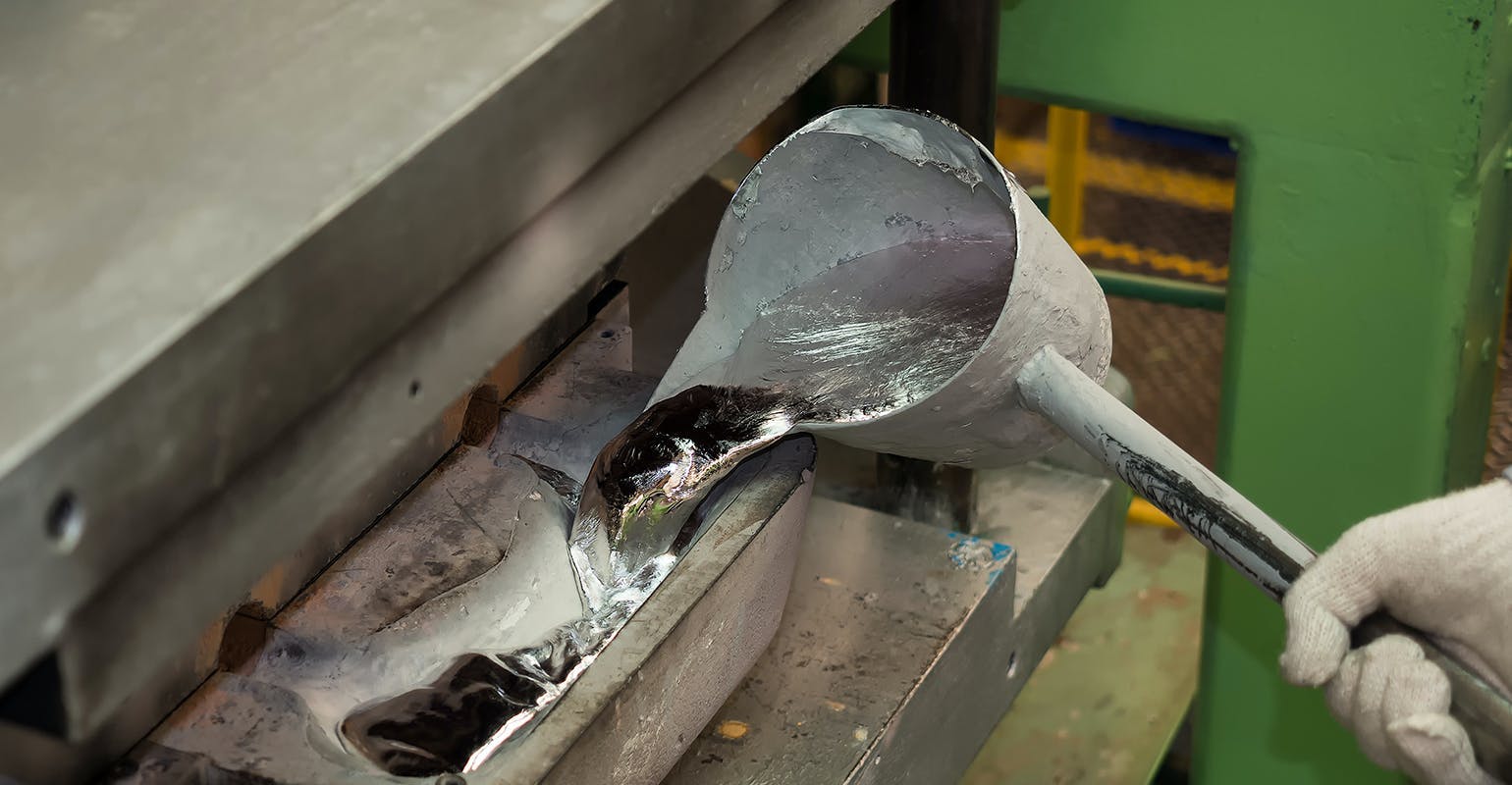Research to Model Aluminum Alloy Oxidation
A British research university seeks to develop a mathematical model to help prevent lightweight aluminum alloys oxidating very quickly when first exposed to air. Rapid oxidation on initial exposure to external ambient conditions impacts metal quality and may reduce material performance over the design life of finished products.
According to an Aston University announcement, a better understanding of the aluminum oxidation process could improve metalcasting as well as metal additive manufacturing (3D printing) and additive manufacturing of light metals. Ashton University, in Birmingham, England, established a school of metallurgy 149 years ago and opened the U.K.’s first College of Technology nearly 75 years ago.
Dr. Paul Griffiths, senior lecturer in applied mathematics at the university was awarded £80,000 ($101,600) by the U.K.’s Engineering and Physical Sciences Research Council to conduct the project, titled “Developing an accurate non-Newtonian surface rheology model.”
An unnamed French research partner is attached to the 12-month project.
A mathematical model is an abstract definition of an actual process, applying mathematic terms to define what has been recognized in a practical way but not determined in a ways that make the process reliable or predictable. Typically, mathematical modeling involves defining the process, identifying process variables, and stating assumptions about the process as mathematical equations. Then, when the equations have been solved, the resolution is interpreted, and the model can be validated, evaluated, and improved.
Oxidation is a normal development for metals exposed to the atmosphere, but aluminum alloys have a very high oxygen affinity.
Metalcasting operations are accustomed to the problem of oxidation and routinely collect the resulting dross that forms on the surface of ladles or crucibles, returning it as charge material to subsequent melting. Still, oxidation is the cause of extra production steps that introduce their own cost effects and safety concerns to the operation.
Oxidation continues to affect aluminum even after the material is solidified, of course, so a better understanding of the mechanisms determining the oxidation process would be valuable to product designers too.
The fact that aluminum has gained value as a lightweight design material for a range of automotive components has refocused attention on costs of melting and pouring aluminum, and where savings might be achieved.
In the realm of additive manufacturing – a prospect raised by Ashton University in its announcement – the possibility of controlling or containing the oxidation process could enhance the possibilities for technologies like laser sintering or powder bed fusion, the typical additive processes involved in 3D printing of metals. While 3DP offers possibilities for producing highly complex parts, the production opportunities for highly reactive alloys may be limited by the components’ size or other factors that make oxidation a risk to the quality or performance of the finished part.
“The aim of this investigation is to develop a mathematical model that accurately captures the two-way coupling between a liquid metal flow and the oxide layer above, with the latter behaving as a non-Newtonian liquid/gas interface,” according to Griffiths.
“The objective of this project is to describe both the surface characteristics - velocity and shear profiles - as well as the important effects of surface curvature.
“The benefit of a more appropriate mechanical model for the oxidized surface of a melted metal flow would lead to a better understanding of the encapsulation process which affects the alloy.”

